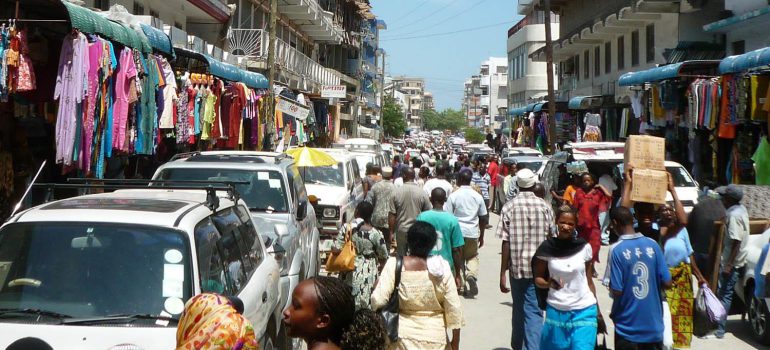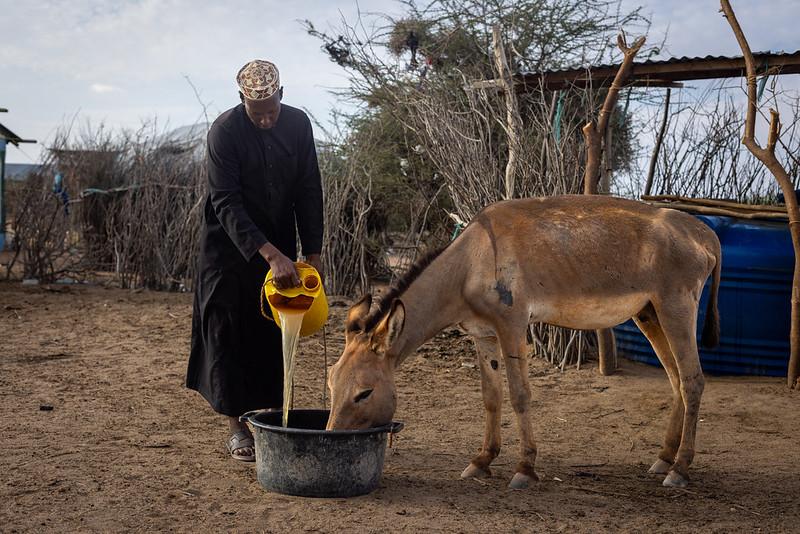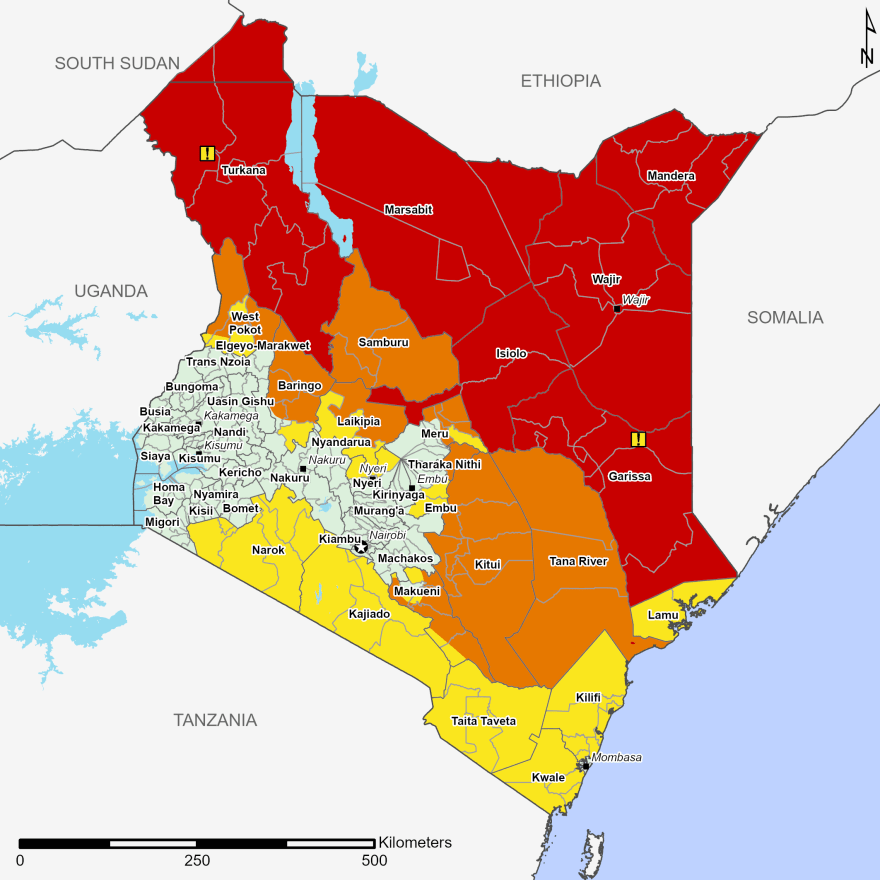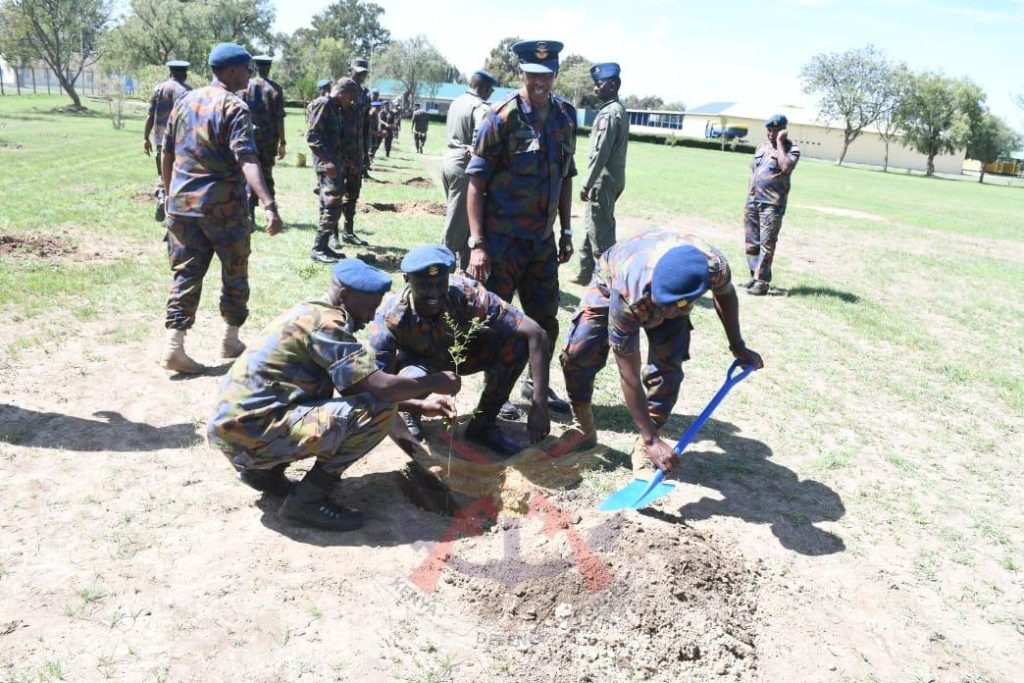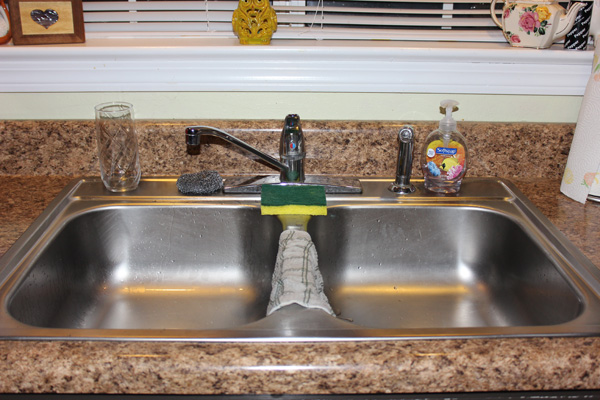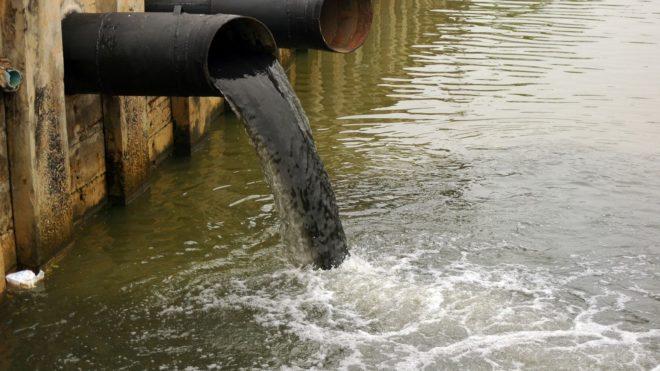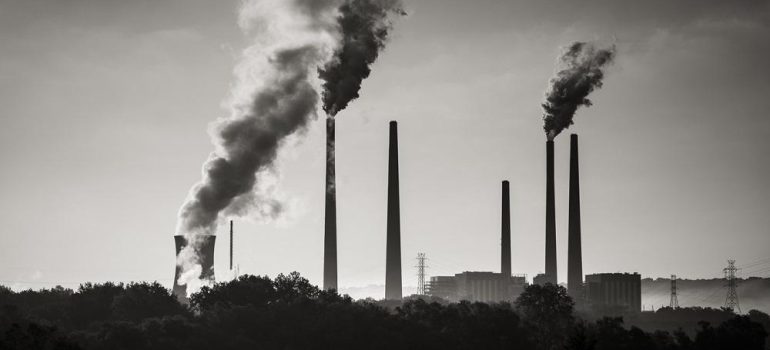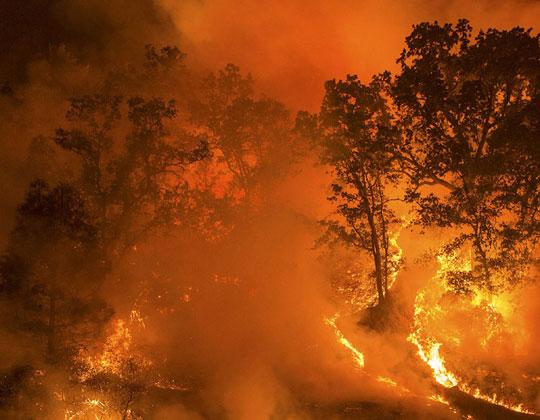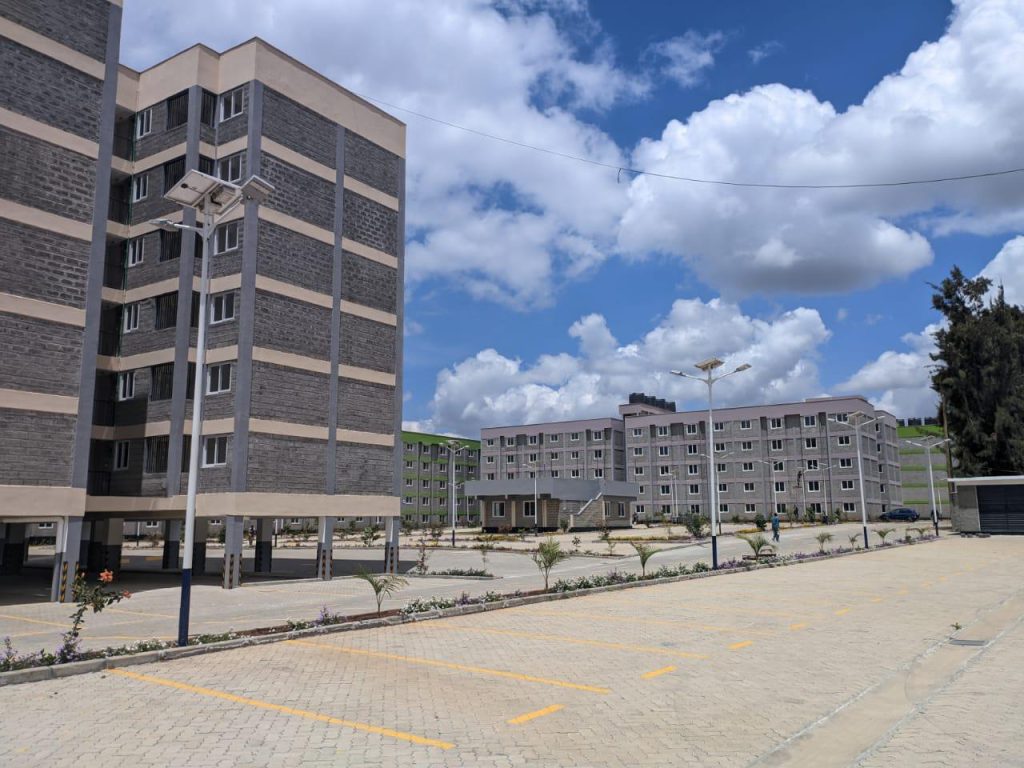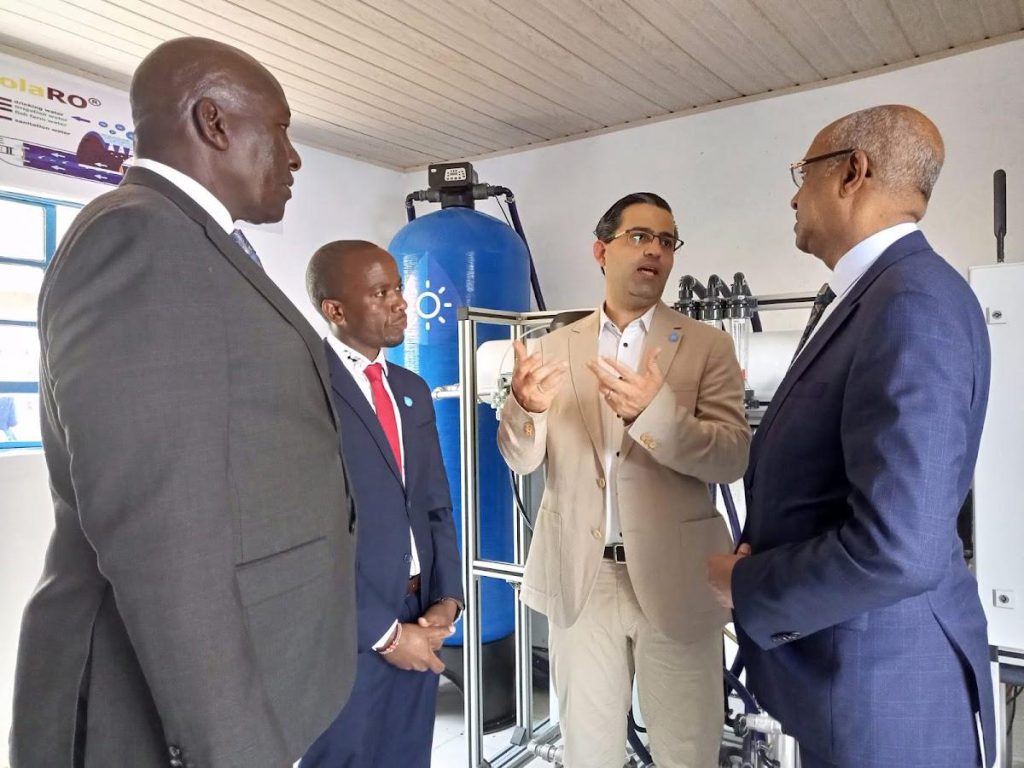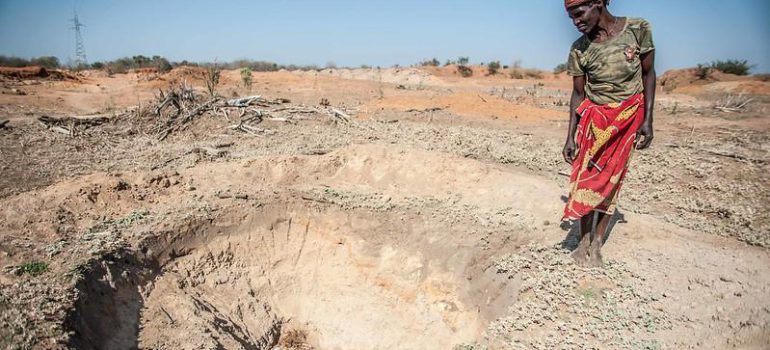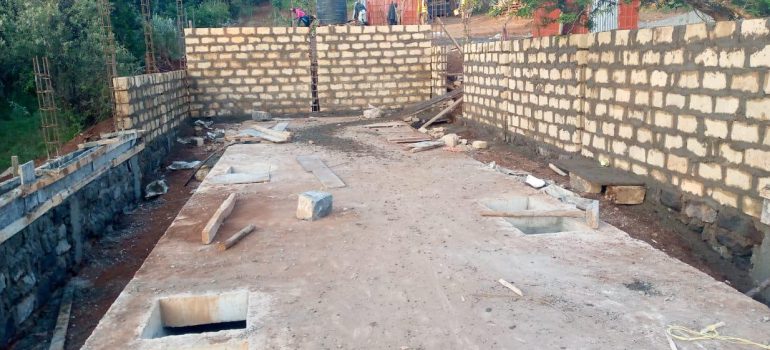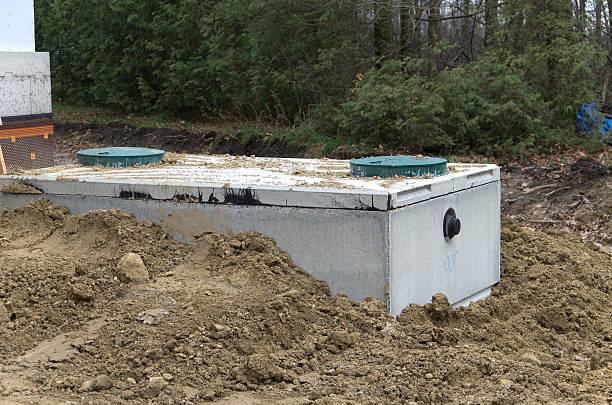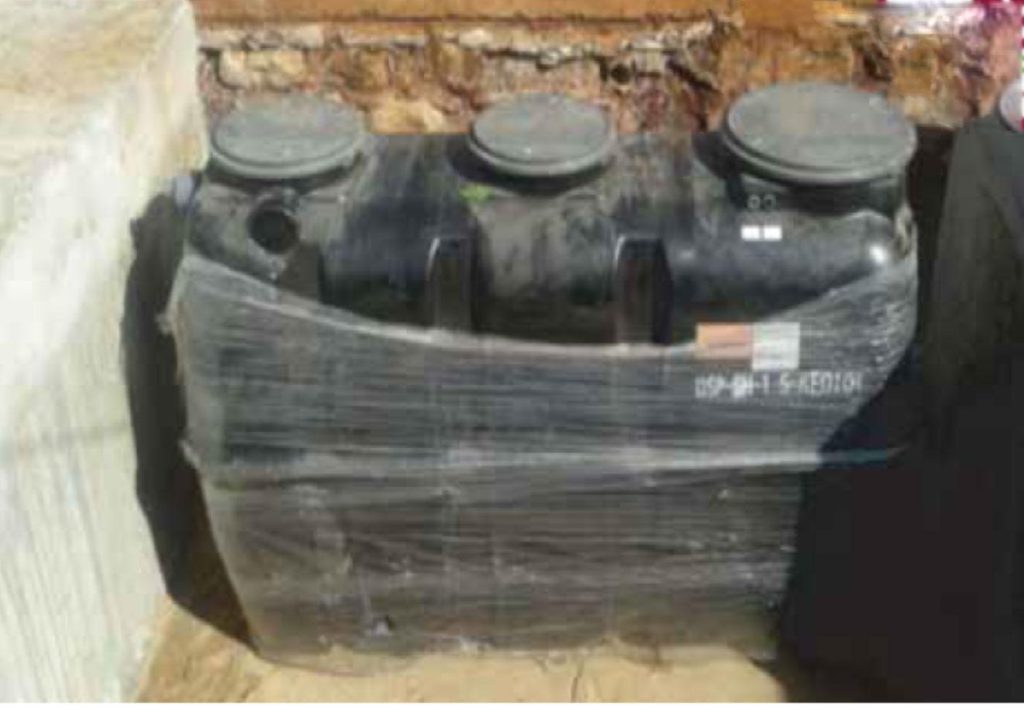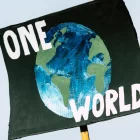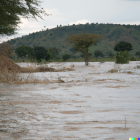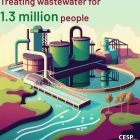Climate and Resources Update: Government Plans to Solve Water Menace, Wealth Inequality on the Rise, South Africa Struggles with Power and Water Shortages
Climate Crisis Deepens as Wealth Inequality Soars: Oxfam Report Shows Richest One Percent Accumulating 63% of New Wealth
A new report by Oxfam, an international anti-poverty charity, reveals that the world’s richest one percent have accumulated at least $26 trillion, or 63% of all new wealth created globally since 2020, while the rest of the world struggles with inflation, increasing income inequality, and a worldwide economic recession. The report warns that the wealth of the richest few will continue to skyrocket at the expense of the poor if governments do not implement stringent tax measures to curb their accumulation of wealth. Oxfam’s report also shows that the 130 wealthiest individuals in Kenya have more wealth than 33 million Kenyans combined, and the richest one percent have accumulated seven times more wealth than the poorest 50 percent of the population between 2020 and 2021.
Climate Change: The Simple, Serious, and Solvable Existential Threat
Climate change is an existential threat that requires immediate action. The causes of global warming are simple, the consequences are serious, and the solutions are solvable. Emissions of carbon dioxide and other greenhouse gases into the atmosphere cause the ozone layer to deplete, leading to an increase in temperature and a variety of negative consequences such as drought, melting of ice, and rising sea levels. To combat this, we must invest in clean and renewable energy sources such as solar, wind and geothermal, which would not cost more than 1% of GDP. We also urge everyone to rethink their carbon footprint and take action to protect the environment by planting trees, conserving water, and using alternative sources of energy.
Kenya Launches Ambitious Plan to Address Water Shortages with 10,000 Projects
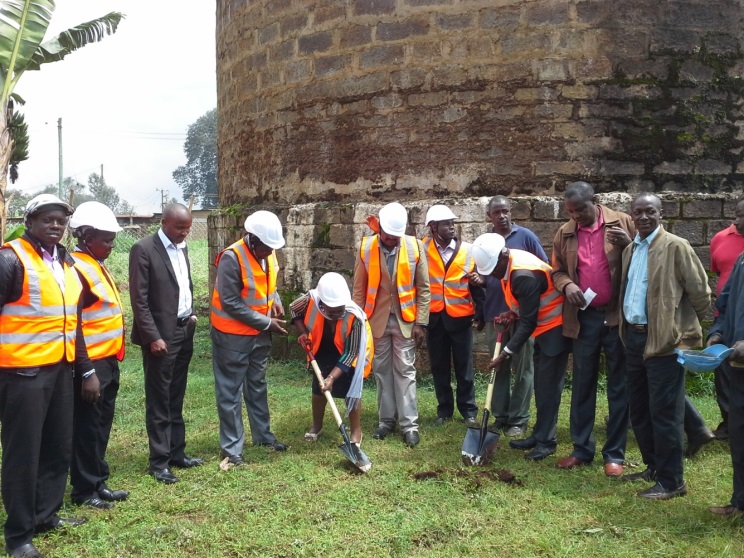
The Kenyan government has launched an ambitious plan called the “Water 10,000 program” to deliver clean, safe and adequate water for all Kenyans. The program will focus on short, medium and long-term water projects that require minimal cost but have high impact and a quick turnaround, including construction of boreholes, water pans, small dams and springs, desilting of existing pans and dams, and solarization for sustainability. Under the short-term plan, the government aims to construct small dams and boreholes, while under the long-term plan, 100 large dams will be built across the country to address the water problem permanently. The government is also planning to complete sanitation projects in the counties under a medium-term plan, which is between six months and one year.
South Africa Struggles with Power and Water Shortages
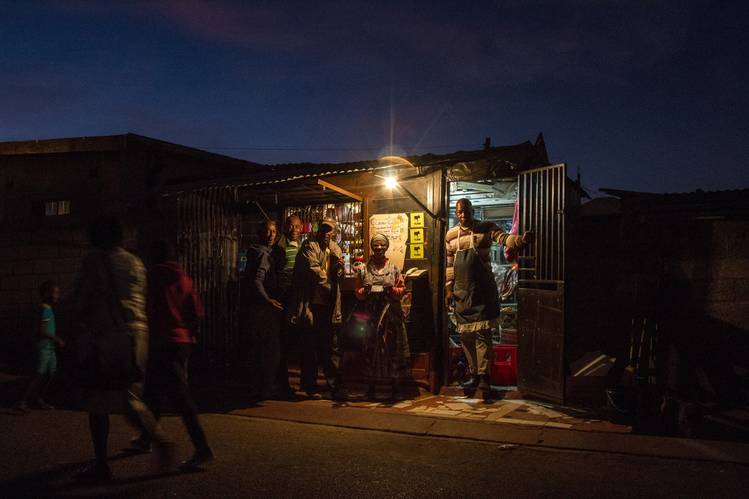
South Africa is facing a crisis as power utility Eskom implemented Stage 6 of load shedding and the National Energy Regulator of South Africa (Nersa) approved a 18.6% tariff increase. This means that power cuts are scheduled over a four-day period for four hours at a time, and residents will be paying more for electricity that they are not getting enough of. The prolonged, high stages of load-shedding are also having an impact on water supply operations in the city, notably in the hilly neighbourhood areas where water needs to be pumped to get to people’s homes. The author reflects on their experiences living through rationing of water and power in Nairobi in 2000, and in Cape Town’s countdown to Day Zero in 2018, and draws parallels to the current situation in South Africa.

